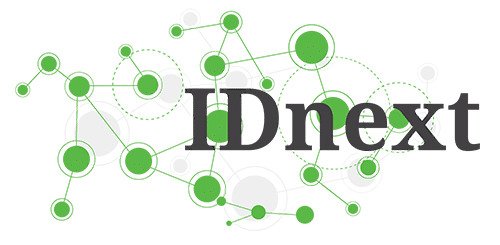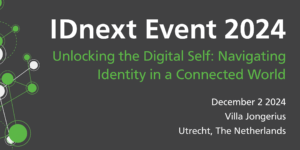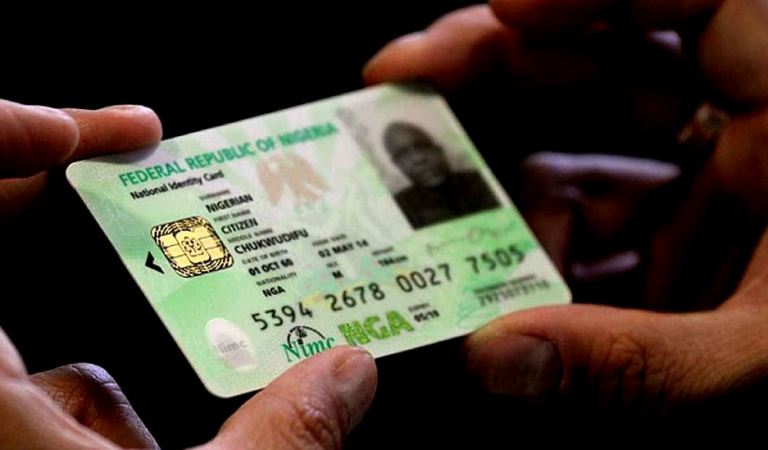“For many decades, we have had a successful model for payments. Central banks have provided the monetary base: cash for individuals and central bank deposits for banks – often referred to as “public money”. The private sector has offered its own payment solutions – for instance giro payments or cards – that are based on commercial bank money, such as deposits. This is often called “private money”.
The stability of this hybrid model rests on private money being backed by public money. Money offered by private intermediaries can be converted to public money on a one-to-one basis at any time. In this way, public money serves as an anchor for the whole payment system.”
Payments are undergoing a disruptive change
But payments are now undergoing a potentially disruptive transformation. People are increasingly paying digitally instead of with cash. Cash cannot be used in e-commerce, and many physical stores also prefer cashless payments. During the pandemic, online and contactless payments surged. This trend towards digital money is convenient for many of us and creates a wealth of opportunities for financial innovation and inclusion. But it also poses risks.
Read the full article here.







